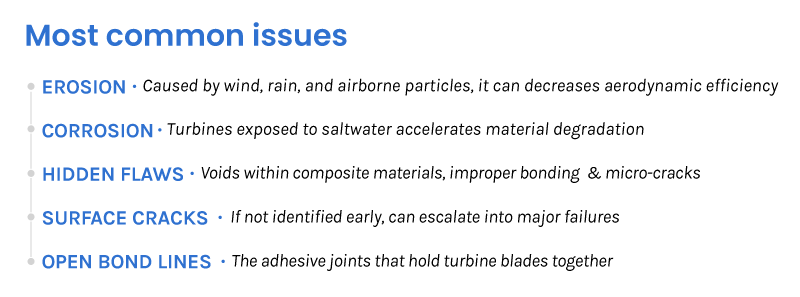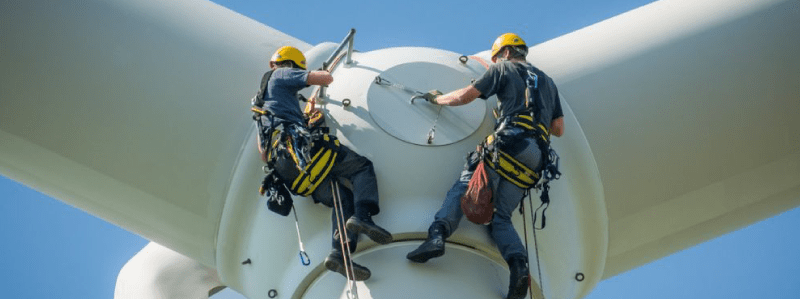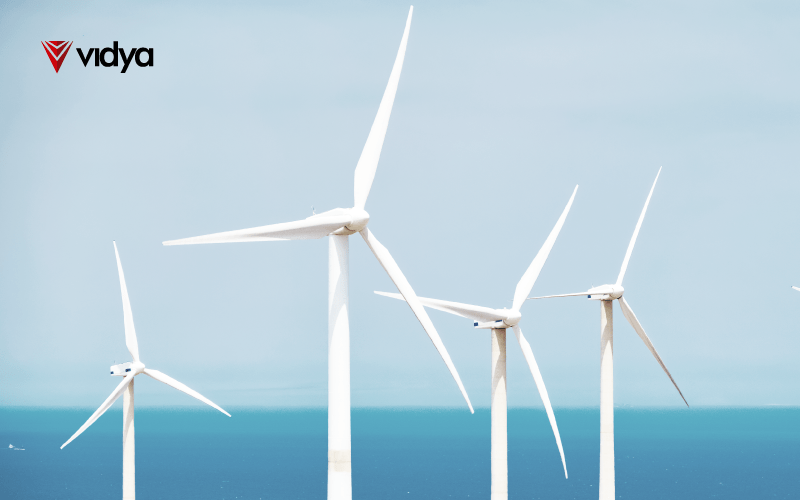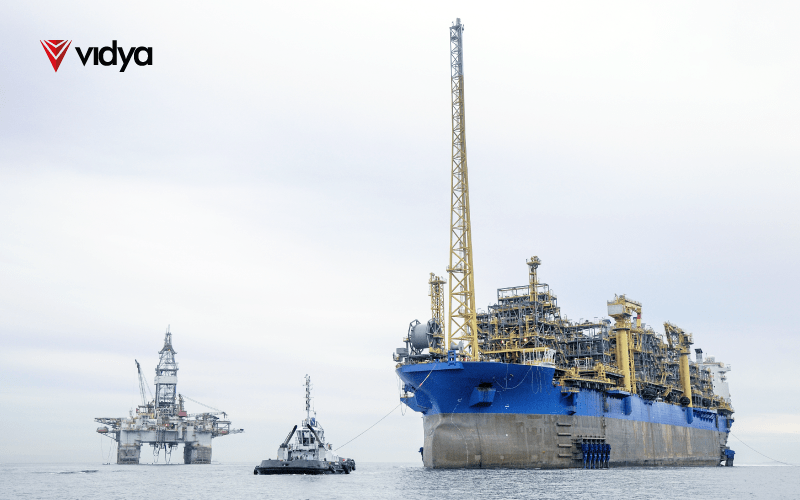Wind turbines have become the symbol of clean energy production. As global priorities shift toward clean energy sources, the demand for wind power has rapidly increased in the last few years. Still, despite its ecological appeal, wind energy production faces limitations and challenges that require intricate processes and solutions, just like any other energy industry. Fortunately, technology advancements are helping the industry address these pressing issues and operate more sustainably and safely. In this manner, what defines those ‘’pressing issues’’ impacting wind energy operations?
The Challenges of Wind Energy Operations
As the demand for wind energy grows, so does the need to address the operational challenges that come with it. Wind turbines, though essential to cleaner energy production, face issues that can affect their efficiency and reliability. From structural vulnerabilities to demanding maintenance requirements, these challenges have significant implications for the sustainability and cost-effectiveness of wind power, such as:

1- Defects and repairs
Wind turbines are prone to various defects and anomalies that can significantly impact their performance and increase maintenance costs. One of the most common issues is erosion on the blades’ leading edges, caused by wind, rain, and airborne particles. If left unchecked, erosion decreases aerodynamic efficiency leading to structural damage. Similarly, corrosion is also a critical concern, particularly for coastal and offshore turbines exposed to saltwater, which accelerates material degradation and compromises turbine integrity.
Beyond that, wind turbine blades are complex structures manufactured through intricate processes that require precise engineering and high-quality control standards. However, defects can sometimes go unnoticed during production, posing long-term risks to turbine performance and safety. Common hidden flaws include voids within composite materials, improper bonding of layers, and micro-cracks that may not be immediately visible but can weaken the blade over time. And, if not detected and addressed early, these manufacturing defects may cause premature failure, costly repairs, and reduced energy output.
Surface cracks are another major risk, even small cracks, if not identified early, can escalate into major failures that threaten the entire turbine’s structural integrity. Additionally, the open bond lines—the adhesive joints that hold turbine blades together—are subject to wear and tear, potentially causing blades to detach if not properly maintained. According to an American Bureau of Safety and Environmental Enforcement report, 85% of blade failures are due to poor maintenance. These issues highlight the importance of regular inspections and proactive maintenance to prevent costly downtime and ensure turbines operate efficiently over their lifespan.

2- Safety and Risk Management
Besides the several anomalies found in these structures, the height and location of wind turbines make inspections and interventions inherently dangerous. In this context, inspectors perform most interventions manually assessing high-speed spinning blades, vibrating structures, and other high-altitude components using rope access techniques. Indeed, the American Bureau of Safety and Environmental Enforcement report stated that there were 249 accidents resulting in 161 fatalities associated with manual turbine inspections in the last decade.
Thus, the risks associated with traditional wind turbine interventions raise serious questions about how the industry can optimize these processes. In these conditions, inspections requiring work at extreme heights, often in strong winds and vibrating structures, aren’t sustainable nor justifiable in an era of safer, automated solutions.

3- Environmental impact
Despite wind turbines producing minimal greenhouse gas emissions during operation, they are not free from environmental impact. Noise is one of the most significant complaints for communities near wind farms. And, while noise levels depend on turbine design, larger and more powerful turbines can generate substantial noise, lead to regulatory issues, and affect community acceptance.
In addition to noise concerns, regulatory frameworks frequently mandate comprehensive environmental impact assessments for wind turbine projects. These assessments are designed to ensure that wind farms operate in harmony with surrounding ecosystems, taking into account potential effects on wildlife, vegetation, and water resources. Such evaluations help identify and mitigate adverse impacts, allowing operators to balance energy production goals with environmental stewardship.
Finally, wind turbines in ecologically sensitive areas can disrupt local wildlife habitats, particularly for bird and bat populations. According to a Baylor University article, the movement of turbine blades poses a collision risk for flying animals, while the presence of turbines and infrastructure can alter migration patterns and displace species from their natural habitats. Consequently, regulatory compliance often requires ongoing monitoring and adaptive management practices, ensuring that wind farms contribute to renewable energy goals while respecting and protecting natural environments.
How AI is Enhancing Wind Turbine Integrity
To address the complex challenges facing wind energy operations, the industry shifted towards digital transformation seeking innovative solutions. In these conditions, wind farm operators can optimize their entire value chain by adopting advanced data-driven processes. Specifically, the foundation for this transformation lies in leveraging field data from connected cameras, sensors, and digital systems embedded in wind turbines to a digital environment under a robust spatial context.
Thus, digital data collection and analysis empower users to assess asset conditions accurately, visualize data from diverse sources, and access high-resolution operational data enriched with semantic relationships. This enables operators to keep track of asset health, operational efficiency, and potential risks, enabling mitigation actions to take place early on – this is where AI steps in.
AI is fundamental for responding to the industry’s intricate challenges within this digitally driven context. By automating inspection processes, and analyzing vast amounts of data from images, sensors, reports, documents, and other integrity data, AI can perceive pattern deviations within vast operational datasets and alert managers of subtle anomalies that could lead to errors, ultimately facilitating decision-making.
Furthermore, Vidya’s AI can analyze high-resolution drone images captured during turbine inspections. While drones gather the images autonomously, AI algorithms are trained to process these inputs to detect cracks, erosion, or other structural anomalies on turbine blades based on the company’s maintenance priorities, reducing the need for people in risky areas.
And, by combining sensor data and historical records, Vidya’s AI models are developed for detecting, qualifying, quantifying, and forecasting anomaly progression, reducing downtime, and preventing costly repairs. Indeed, Vidya’s software platform leverages what’s best in AI for the specific challenges of the operation and maintenance of energy industries. By integrating AI into data analytics and Spatial Computing, Vidya is helping large-scale industries operate with ease.

Conclusion
As wind energy operations continue to expand to meet global demand, the industry’s ability to navigate complex maintenance, safety, and environmental challenges is critical. By leveraging digital transformation, spearheaded by AI and data-driven tools, the industry faces a paradigm shift to make better decisions, improve maintenance strategies, and protect both personnel and the environment. These new technologies allow technicians to remain on the ground, reducing the risks associated with handling cutting-edge structures such as wind turbines.
If you’re interested in learning more about how AI applies to Wind Turbine Integrity, please get in contact or send a request to sales@vidyatec.com



